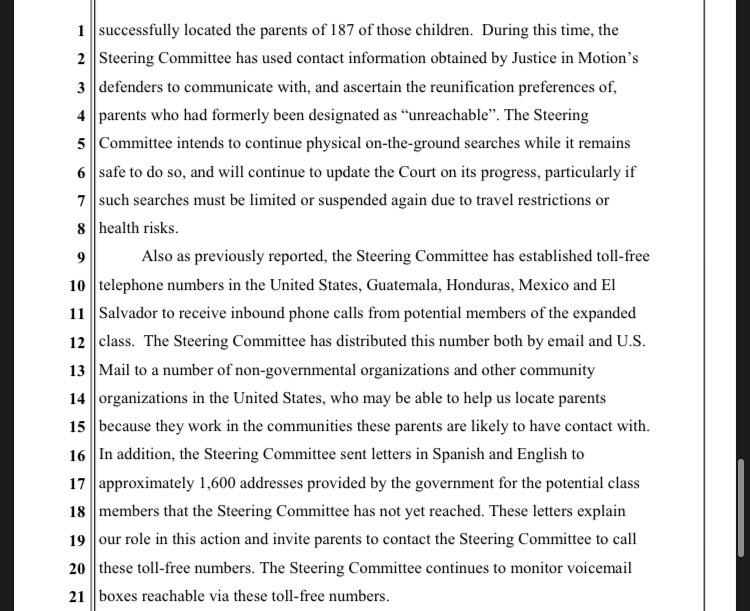
I was reading this excellent story when I came across this sentence.
"The El Paso sector’s after-action report also highlighted a 64 percent reduction in illegal crossings on the border during the pilot project."
Here's what's interesting: that's not true. At all.
"The El Paso sector’s after-action report also highlighted a 64 percent reduction in illegal crossings on the border during the pilot project."
Here's what's interesting: that's not true. At all.
https://twitter.com/MelissaLaLinea/status/1322943661890588676

Maybe the El Paso Sector meant that there was a 64% reduction in families crossing the border illegally?
Except no, again, that's ALSO not true. Family units apprehended at the border in the El Paso sector went up during the Pilot Project.
Except no, again, that's ALSO not true. Family units apprehended at the border in the El Paso sector went up during the Pilot Project.

Maybe the after-action report meant there was a 64% reduction in overall apprehensions during that period, even if not at the El Paso Sector?
Well, again, no, that's just not true.
Well, again, no, that's just not true.

Maybe they mean that the El Paso Sector had a 64% lower-than-expected growth compared to their projections?
Well, there's no way to know that. Compared to other sectors over the pilot project, El Paso apprehensions did grow the second-slowest. But Laredo actually went *down.*
Well, there's no way to know that. Compared to other sectors over the pilot project, El Paso apprehensions did grow the second-slowest. But Laredo actually went *down.*

So we're left with the El Paso sector apparently falsely reporting a drop in apprehensions due to a "pilot project" of family separation, which the White House then seized on and used to expand the policy of ripping children from their parents' arms across the border.
Of course, there's no reason to suspect a pilot project COULD cause any difference. Why? Because it was a secret!
How can a secret program to separate families deter anyone? How would anyone even know about it?!
From the very beginning it was stupid and heartless cruelty.
How can a secret program to separate families deter anyone? How would anyone even know about it?!
From the very beginning it was stupid and heartless cruelty.
It turns out @DLind had long ago debunked this ridiculous 64% statistic! It was a comparison between October 2016 and October 2017—an absurd statistic to use, given the “Trump effect” had both spurred migration before his election and suppressed it after.
vox.com/policy-and-pol…
vox.com/policy-and-pol…
• • •
Missing some Tweet in this thread? You can try to
force a refresh
























